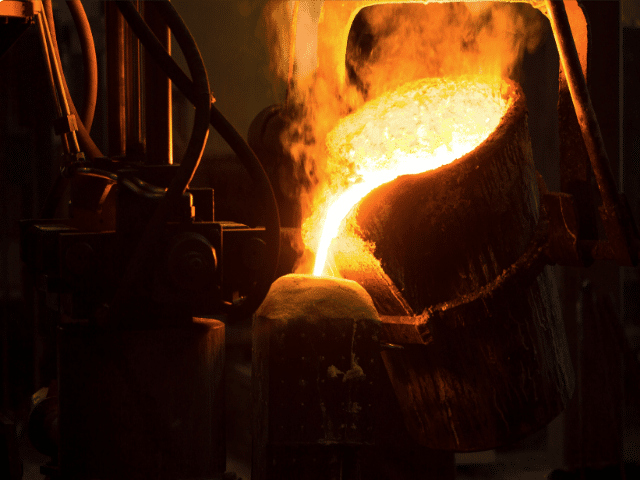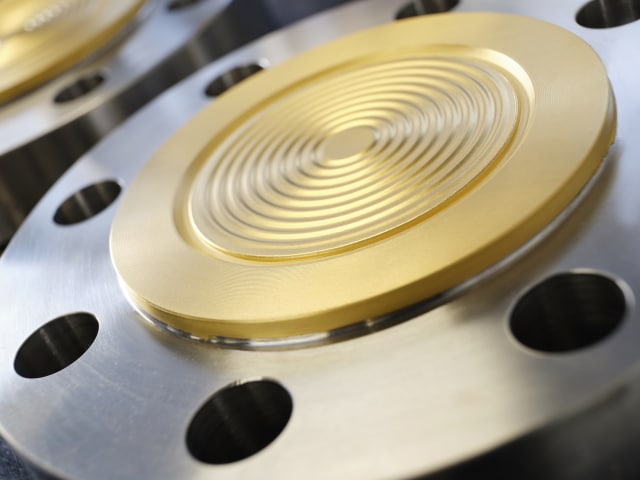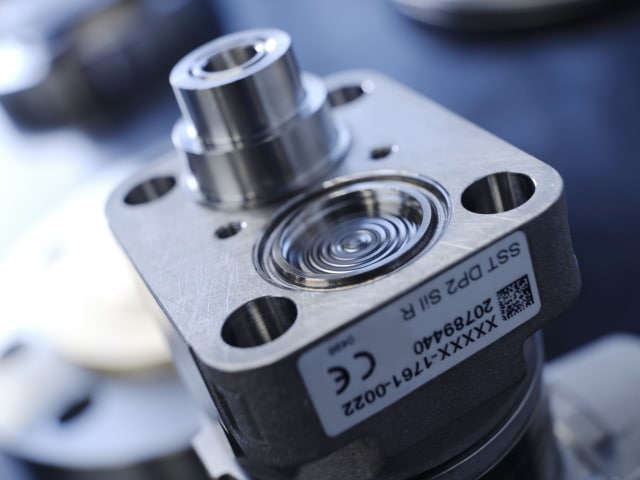Extreme Temperature Solutions
Pressure measurements with extreme temperature conditions are always challenging for the pressure instrument. And thus, they are always protected with diaphragm seals to expand the temperature limits for the complete system. Whether being extreme high process temperatures for molten salt heat storage applications or furnaces, or being extreme low temperatures such as cryogenic applications, Badotherm has tailored solutions for all these situations.
Badotherm solutions go from -100°C to up to + 800°C, and a wide range of solutions in between. In the end, it is not only about the process temperature, but Badotherm also takes into account the design conditions, the material requirement to stay within the pressure temperature rating of the materials, the process pressures and measuring range as well as the ambient conditions and the eventual effect of ambient conditions to the total diaphragm seal system.



